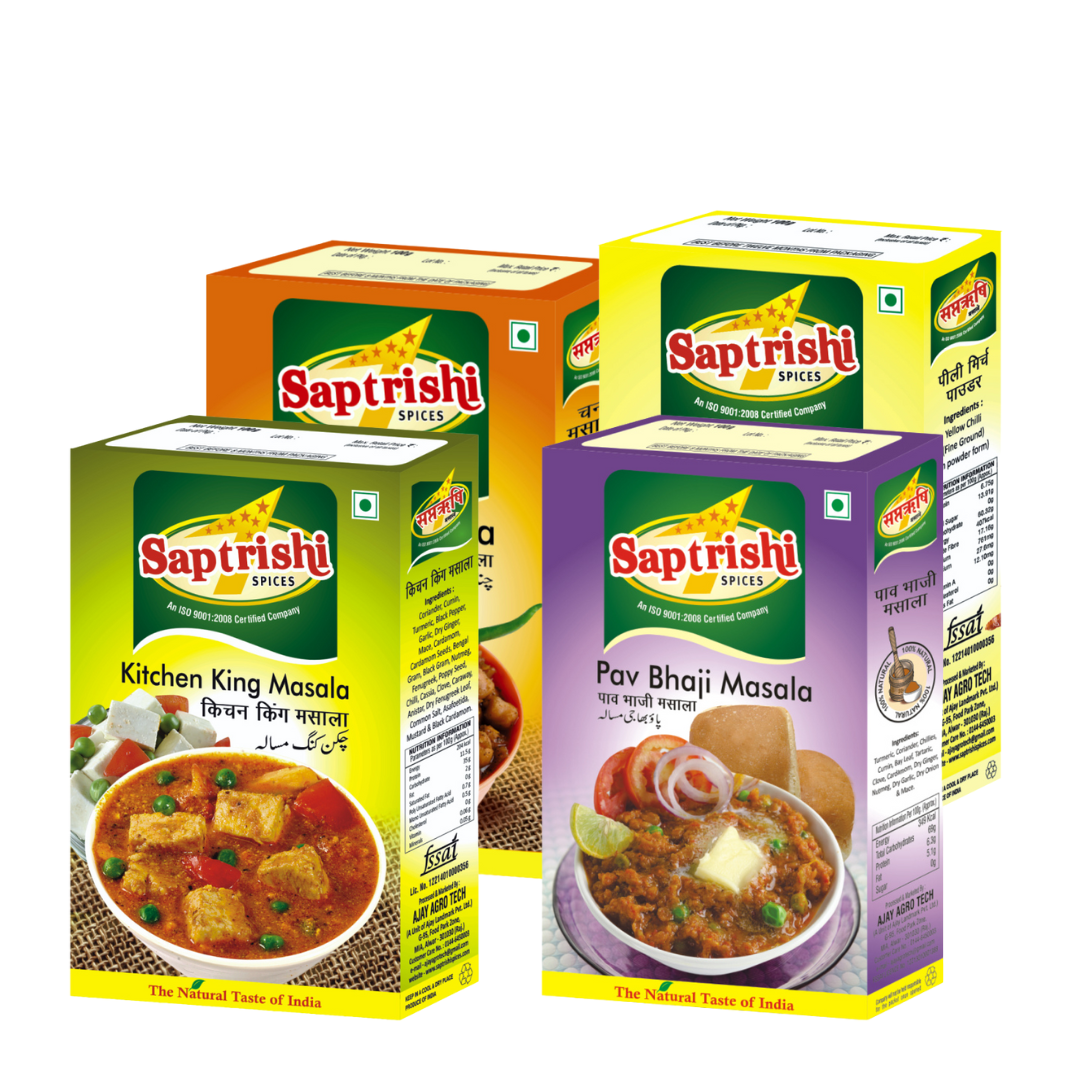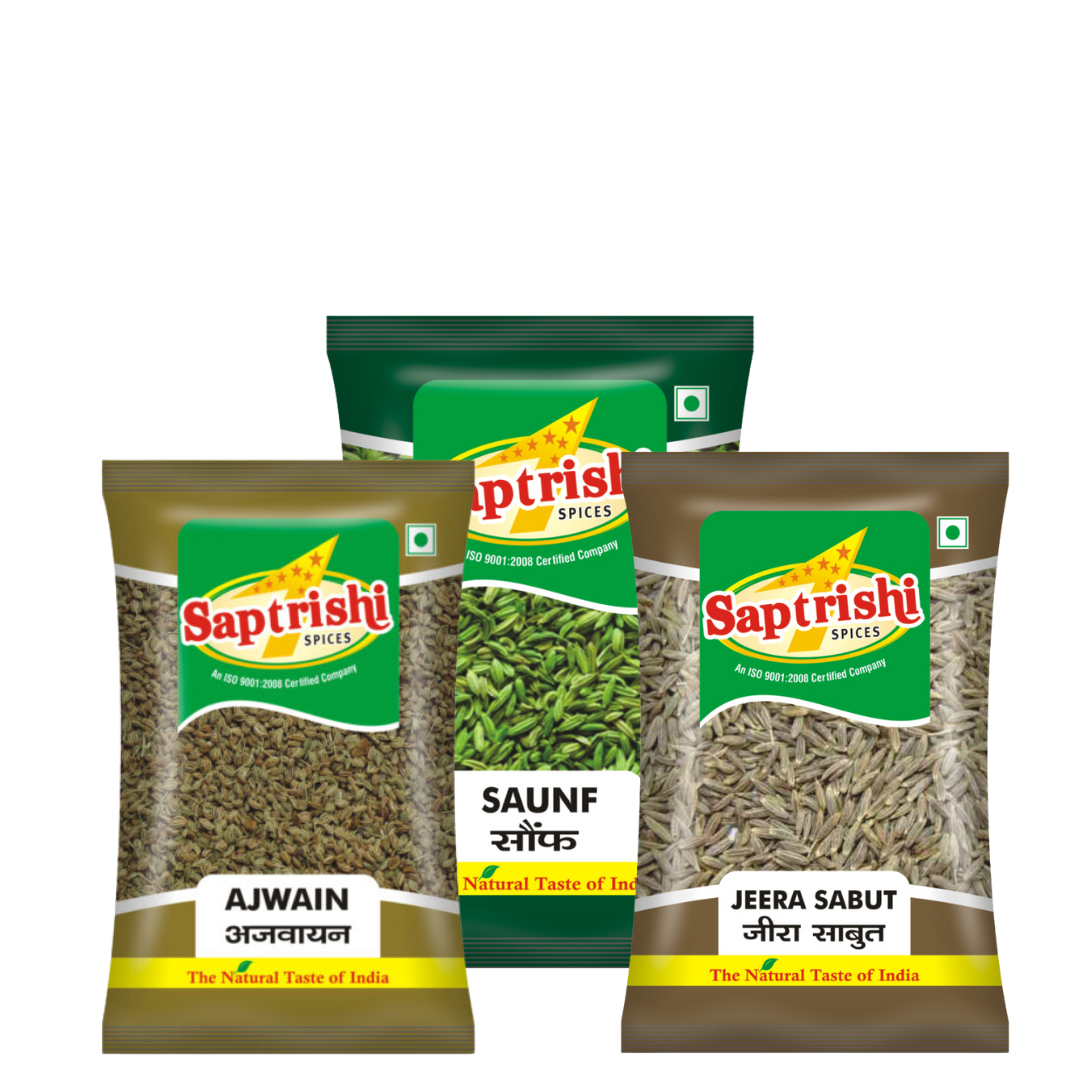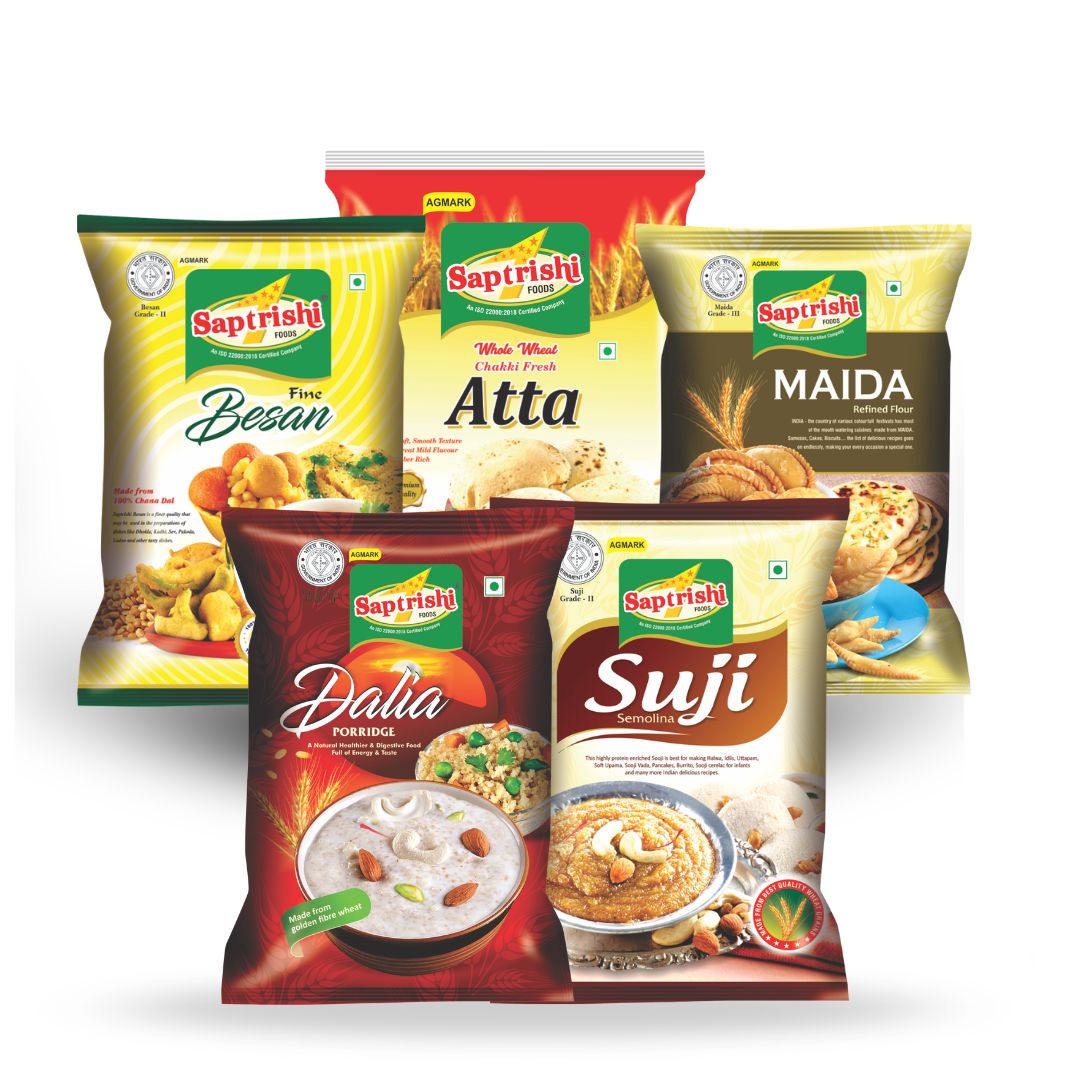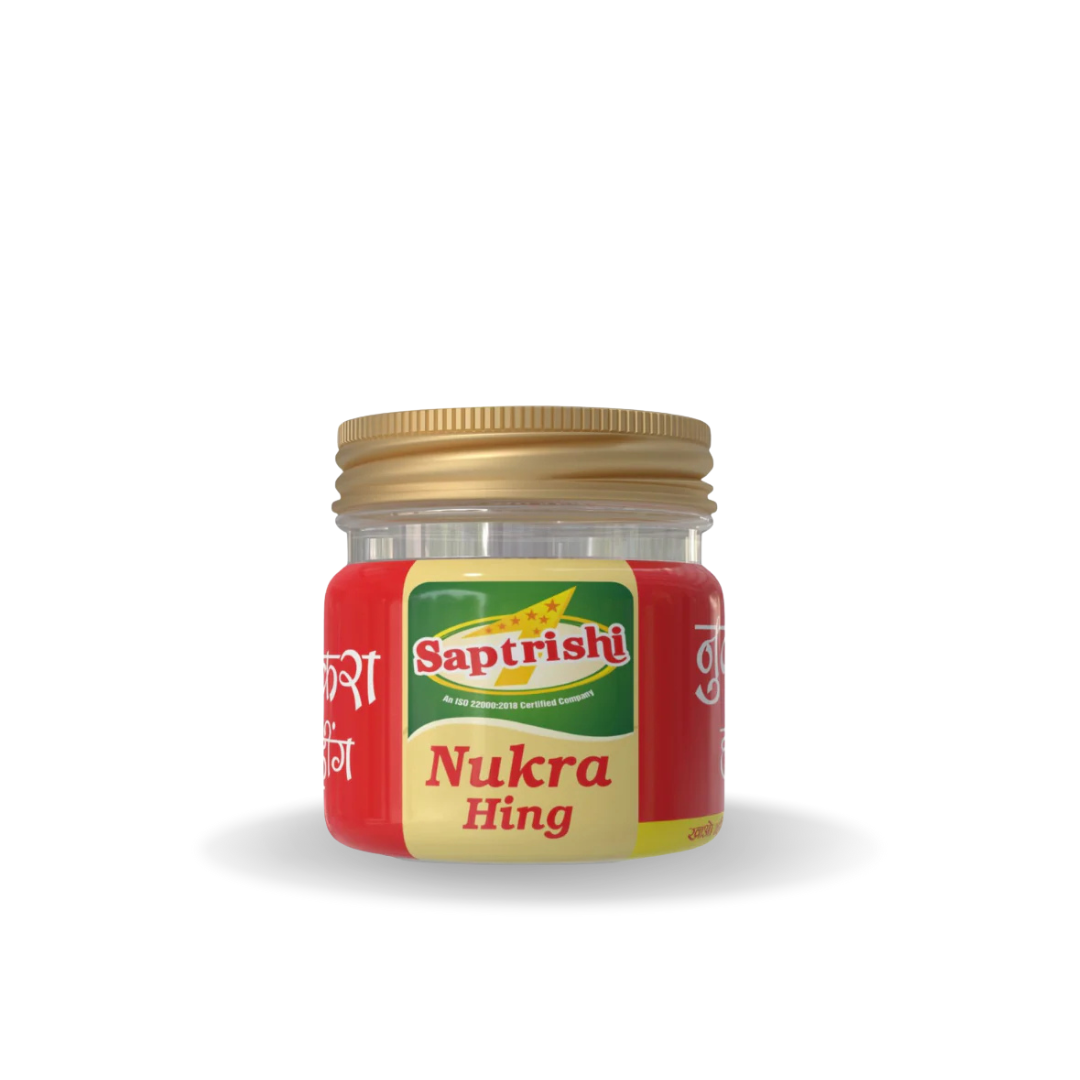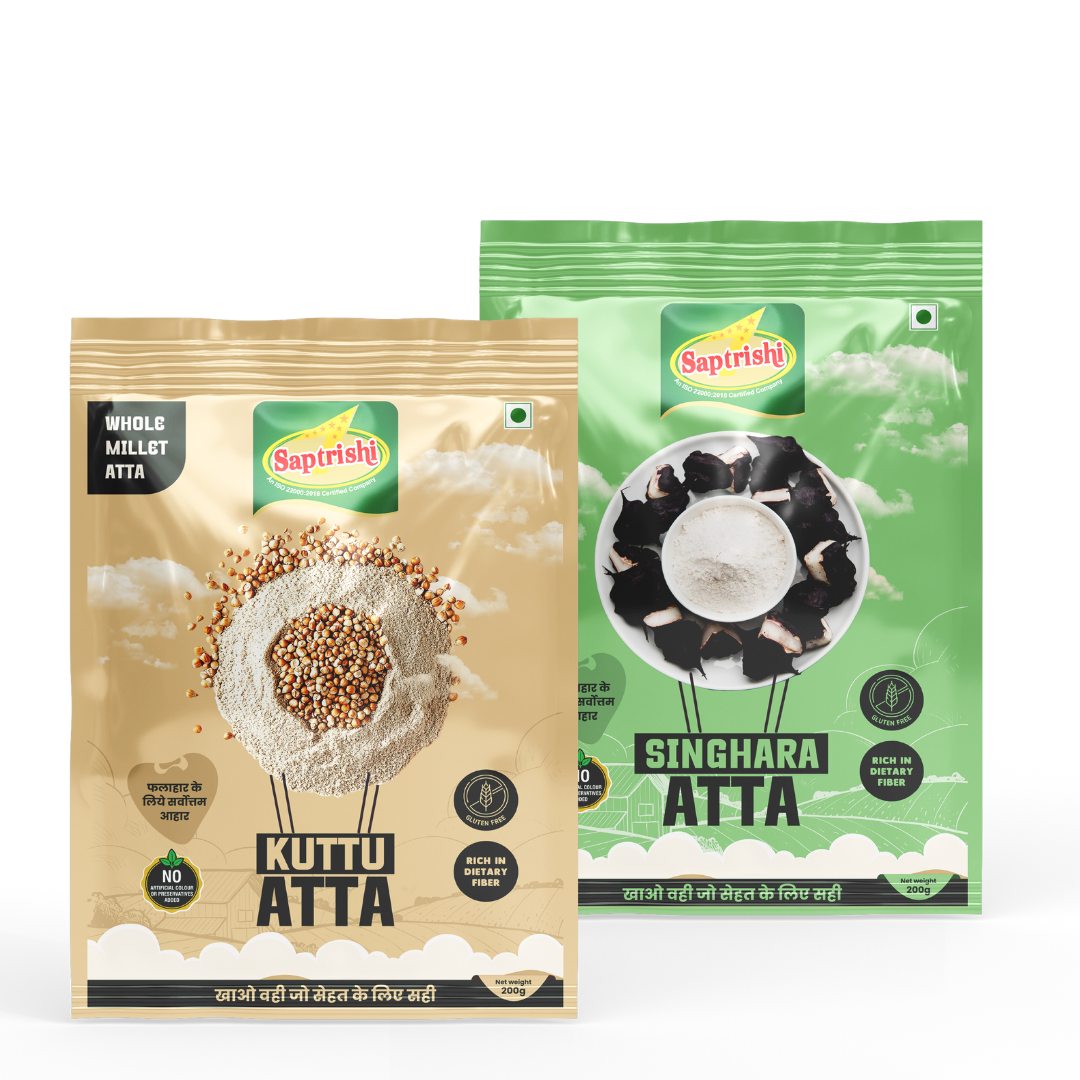In the world of Indian spices, one often-overlooked but powerful element is texture. While most focus on flavor and aroma, the Unique Kuti Mirch Texture stands out as a game-changer in authentic Indian spice blends. Its coarse, grainy form doesn’t just add heat — it delivers visual character, flavor depth, and a traditional mouthfeel that’s essential to regional cooking.
Why the Unique Kuti Mirch Texture Matters

The Unique Kuti Mirch Texture is achieved by coarsely grinding dried red chillies to a flaky consistency — somewhere between whole chillies and fine powder. Unlike regular chilli powder, which dissolves into food, Kuti Mirch retains its granular form, releasing heat gradually and enhancing the masala’s visual texture. This makes it ideal for spice blends used in pickles, curries, dry masalas, and tempering.
Traditional Spice Blends That Rely on Unique Kuti Mirch Texture
The following Indian spice blends specifically benefit from the Unique Kuti Mirch Texture:
1. Achari Masala (Pickle Blend)
Pickle masalas demand a certain rustic feel, and Kuti Mirch gives them that. Its visible specks bind beautifully with mustard oil, creating a grainy paste that enhances both flavor and shelf life.
2. Tandoori Masala
The graininess of Kuti Mirch lets it cling to curd-based marinades better than powder. It gives that speckled appearance and layered spiciness seen in restaurant-style tandoori dishes.
3. Biryani Masala
Layering biryani rice with visible red flakes of Kuti Mirch not only adds a mild kick but also complements the robust masalas and fried onions.
Unique Kuti Mirch Texture in Homemade Masala Blends
When you're preparing homemade masalas — whether for sabzi, dal, or non-veg curries — using ingredients with diverse textures creates more complex flavor profiles. The Unique Kuti Mirch Texture brings a dry, crumbly heat that pairs well with roasted coriander, cumin, and fennel. It blends beautifully without overpowering the base spices.
A common trick in Punjabi and Rajasthani kitchens is to roast all masala ingredients together — but Kuti Mirch is roasted separately to preserve its signature crunch and prevent burning. This attention to texture is what gives their masalas a layered, handcrafted feel.
How to Store Kuti Mirch Without Losing Texture
Preserving the Unique Kuti Mirch Texture requires proper storage. Moisture or improper sealing can ruin its structure, turning it soggy or stale. Follow these steps:
-
Store in airtight, moisture-proof jars
-
Avoid using damp spoons or storing near steam
-
Keep away from sunlight to prevent discoloration
-
Use a separate container if you roast it before use
We recommend using Saptrishi Kuti Mirch Powder for the perfect sun-dried, coarse texture needed in authentic spice preparations.
Cooking Techniques That Highlight Unique Kuti Mirch Texture

There are several ways to incorporate the Unique Kuti Mirch Texture in your everyday recipes:
-
Tadka (Tempering): Heat ghee or oil, add jeera and Kuti Mirch. The coarse flakes fry gently, releasing flavor and forming a crisp topping for dals or khichdi.
-
Roasted Mixes: Add it to dry roasted peanuts, makhana, or sev for a punchy trail mix.
-
Sprinkle on Sabzis: Finish off stir-fried vegetables like aloo gobhi or bhindi with Kuti Mirch for a homestyle finish.
-
Fusion Use: Use the flakes on pizza, pasta, or baked potatoes as a desi alternative to chilli flakes.
For Spice Blenders: Related Blog You’ll Enjoy
Want to learn more about building authentic spice blends? Check out 7 Chat Masala Hacks to Level Up Your Masala Game Instantly to explore how different spices — including Kuti Mirch — can transform your everyday masalas.
FAQs about Unique Kuti Mirch Texture
Q1. What makes the Unique Kuti Mirch Texture better than fine powder?
It retains a richer flavor and provides visual appeal. The flakes blend into oil-based masalas while releasing heat slowly.
Q2. Can I make my own Kuti Mirch at home?
Yes, by coarsely grinding sun-dried chillies in a mixer-grinder. But store-bought options like Saptrishi ensure consistent texture.
Q3. Does it affect the spiciness of a dish?
Yes, but in a subtle way. It doesn’t overpower like fine powder — instead, it builds warmth through cooking.
Q4. What cuisines use Kuti Mirch the most?
North Indian, Rajasthani, and Hyderabadi cuisines commonly use Kuti Mirch in gravies, chutneys, and snacks.

